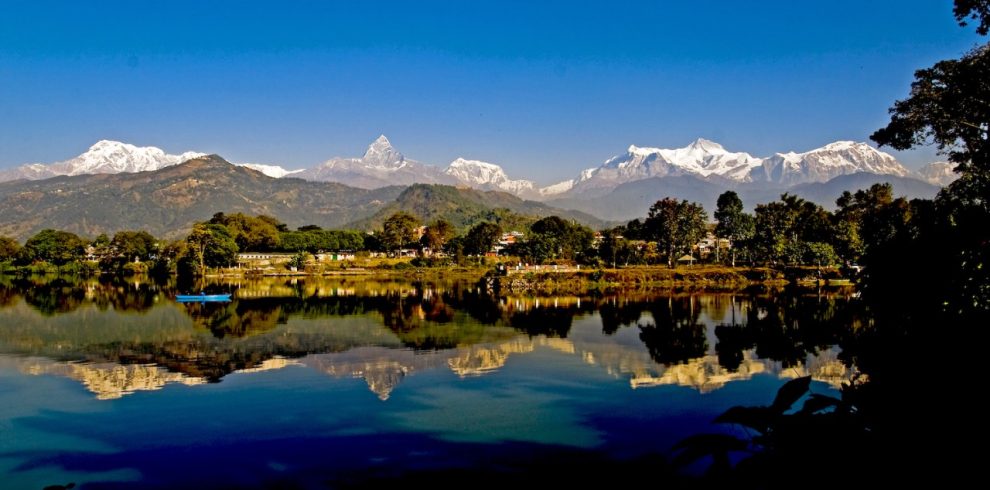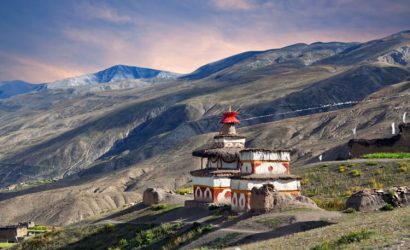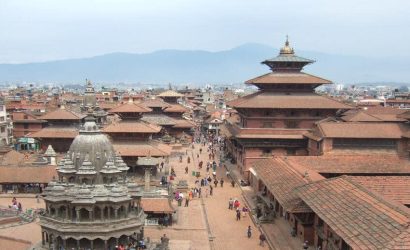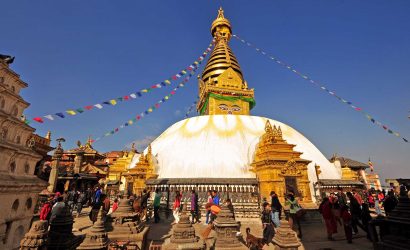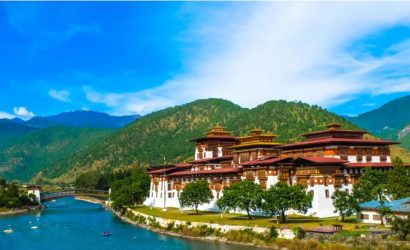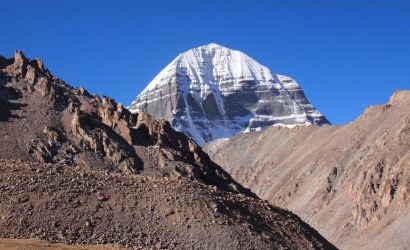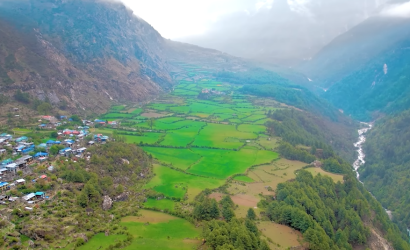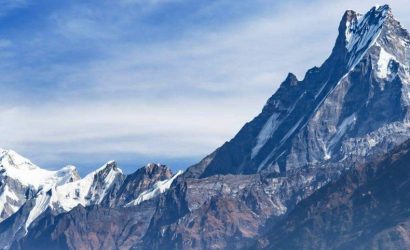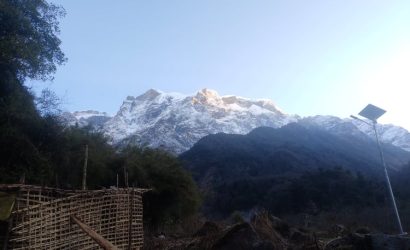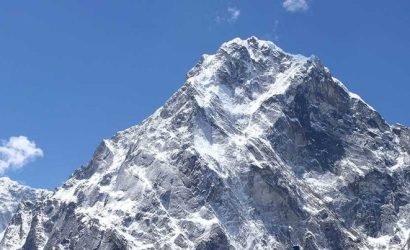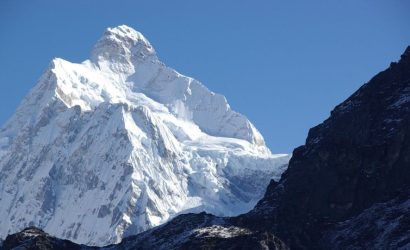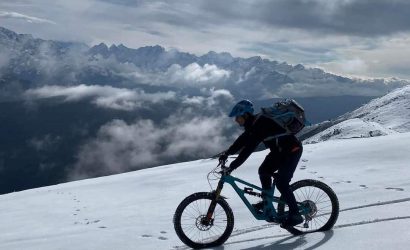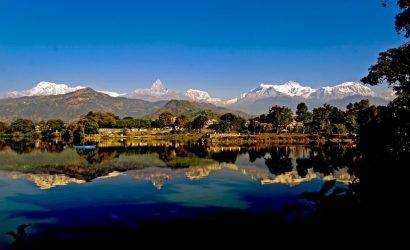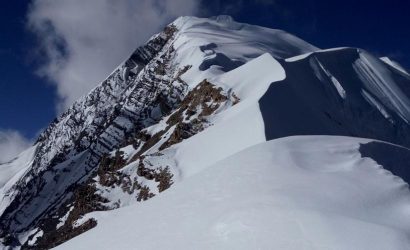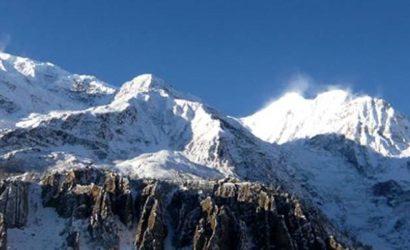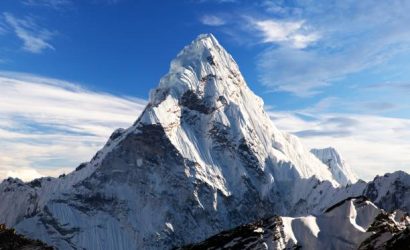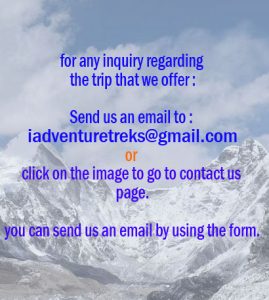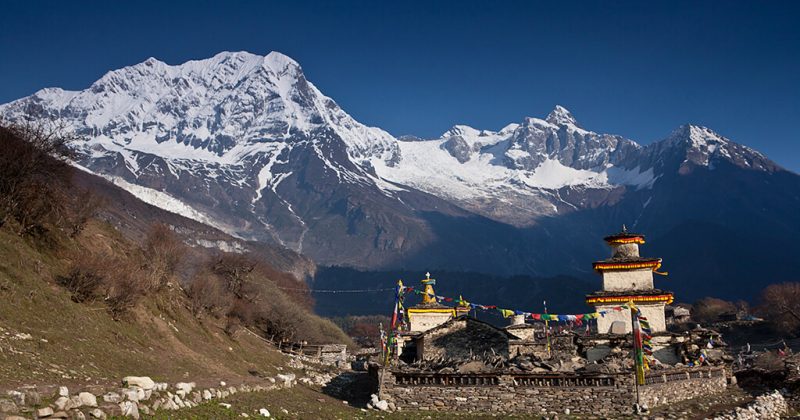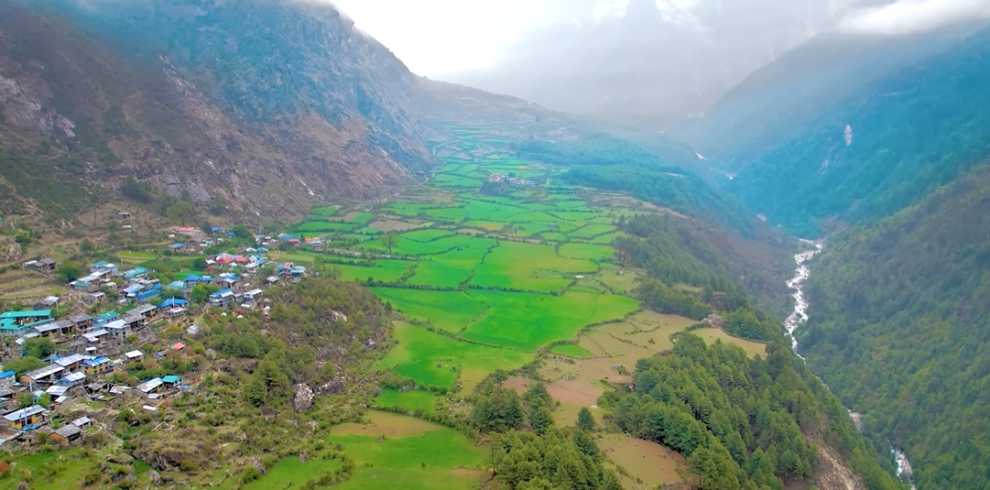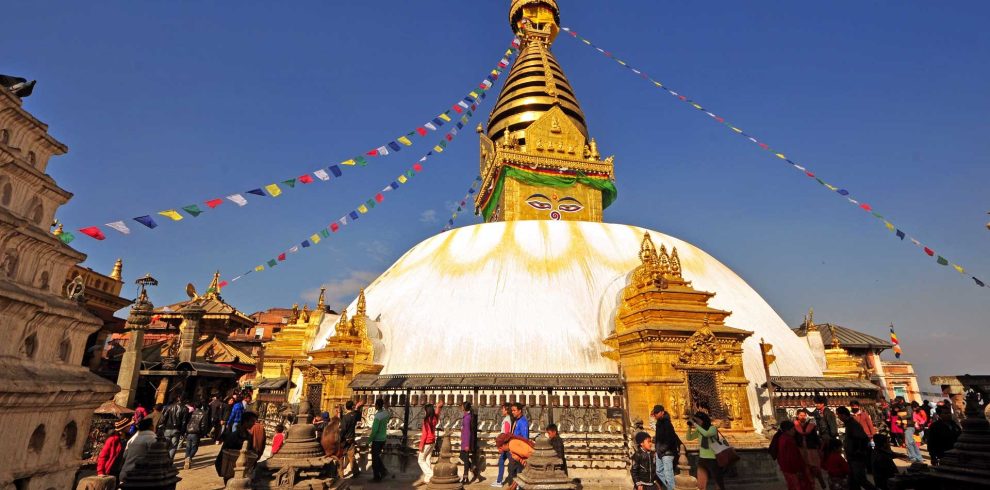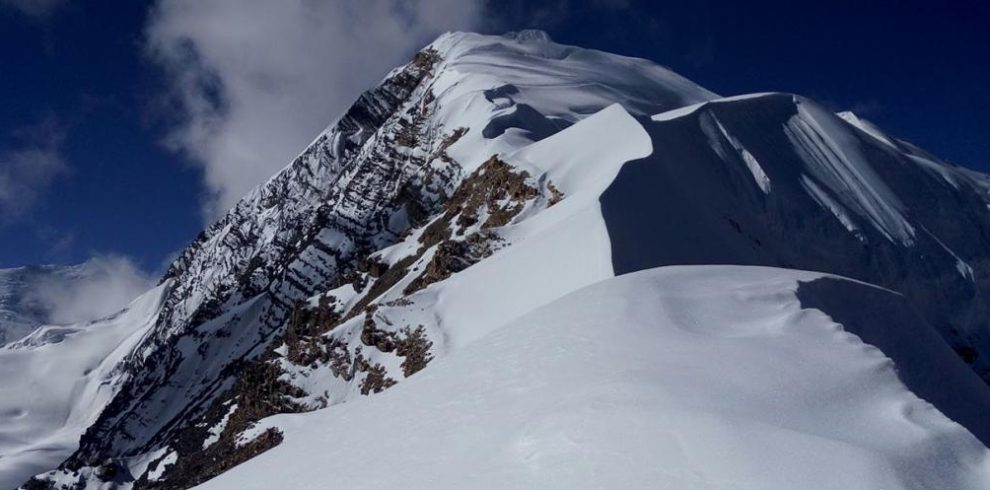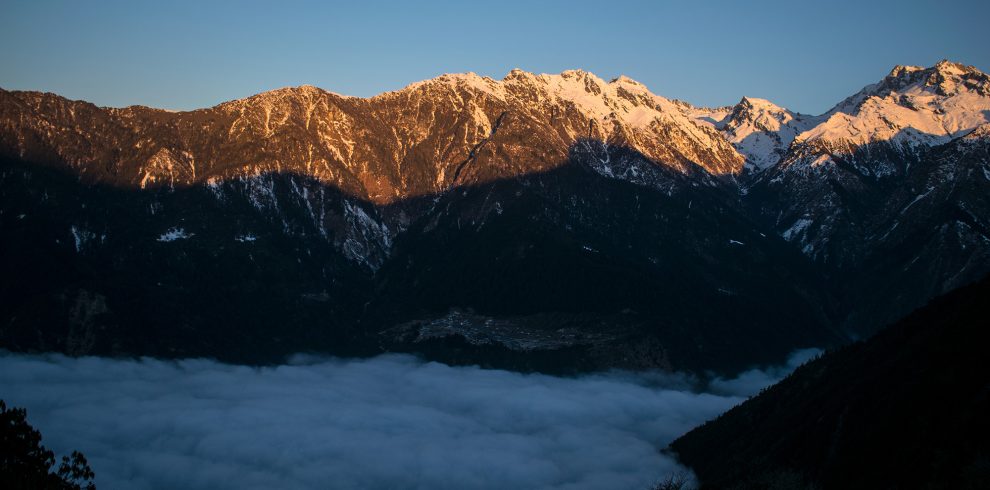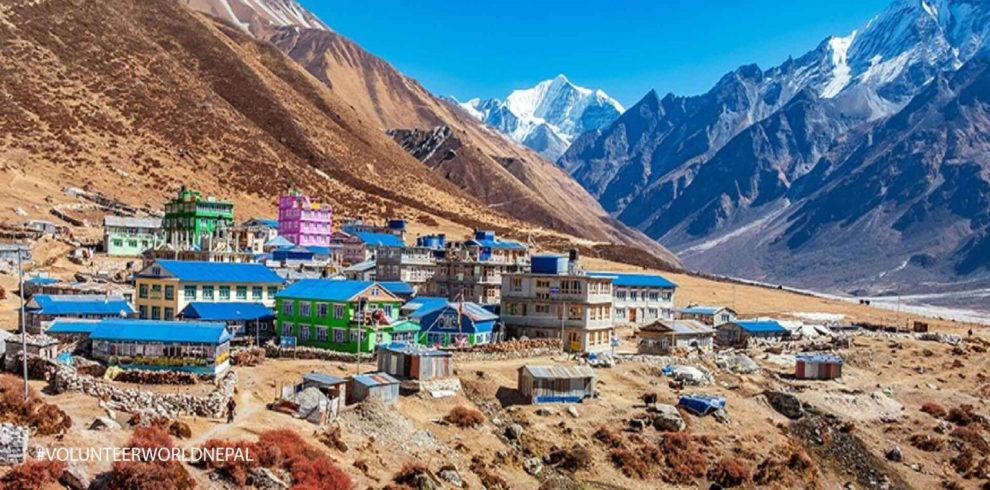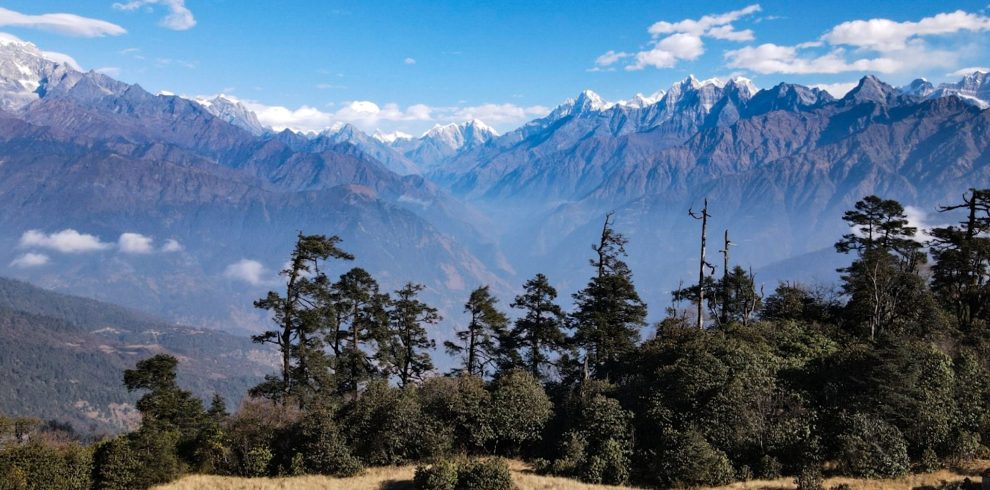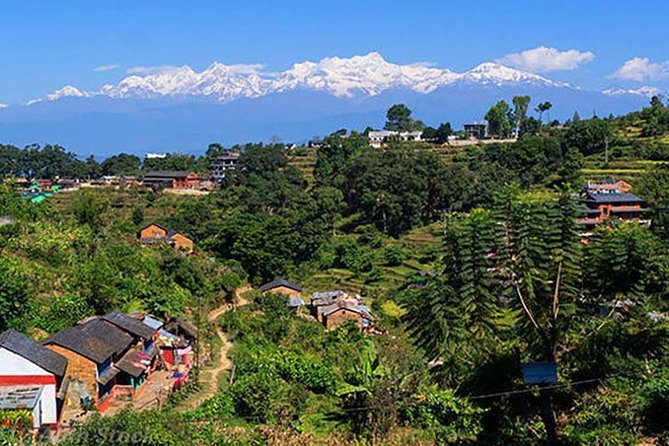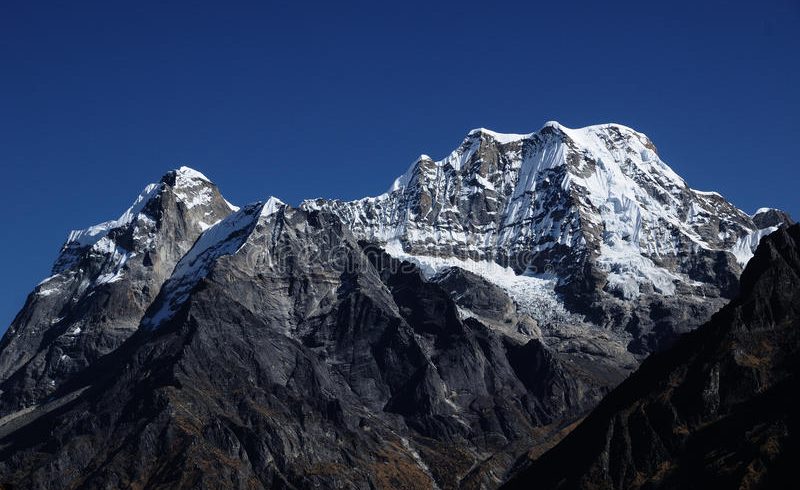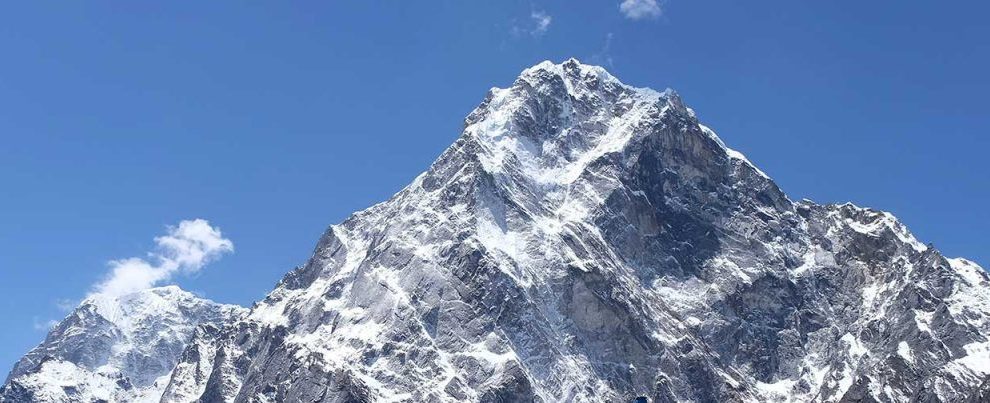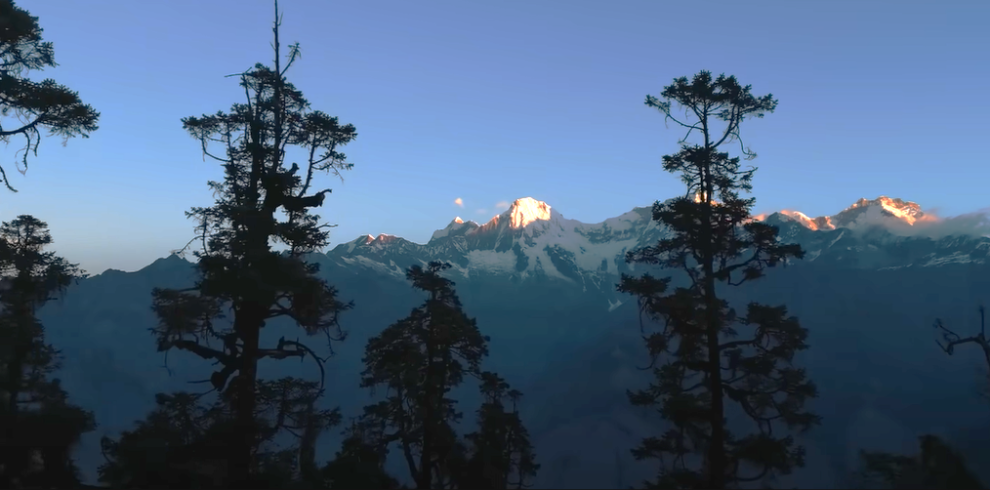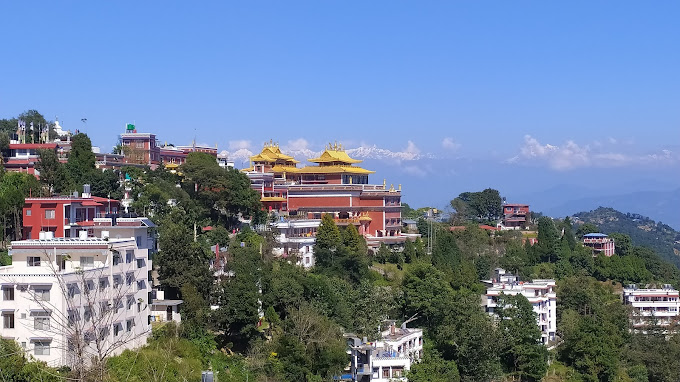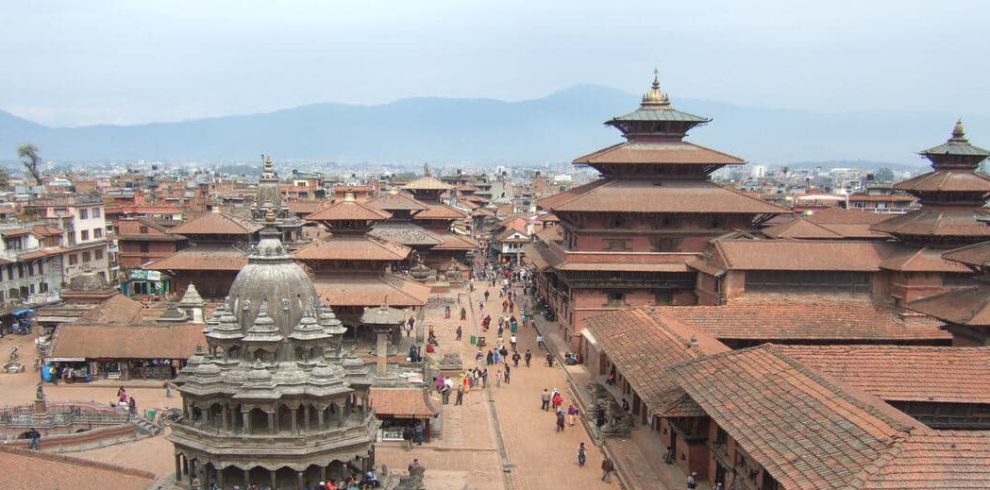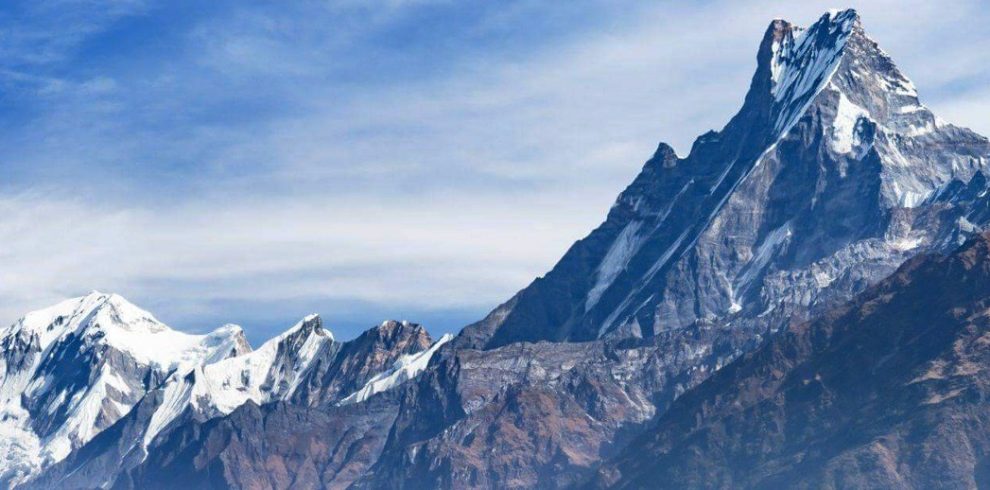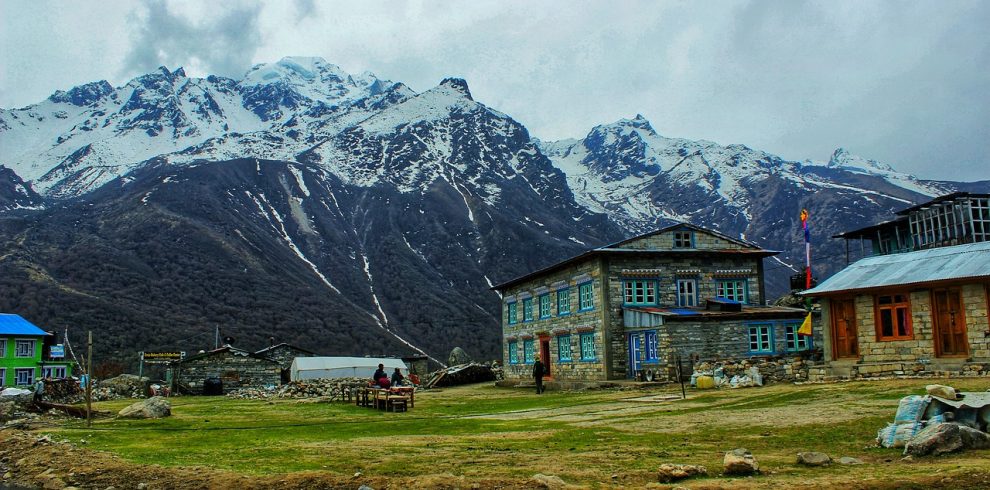Discover the Best of Nepal with the Around Nepal Tour
Around Nepal tour is one of the best tour that provides the detail highlights of Nepal which includes lifestyle, culture. Sightseeing to different UNESCO Heritage sites of Nepal and the tour of Lumbini, the birthplace of Buddha and the pilgrimage sites for the devotes, our tour includes comfortable stay at organic and Heritage hotels in different parts of Nepal.
Itinerary:
Day 1 Kathmandu Arrival – 1400 m altitude, approx. 30 minutes drive
Day 2 Sightseeing at UENSCO Heritage Sites: Patan, Swayambhunath, Boudhanath & Pashupatinath followed by Aarati
Day 3 Drive to Nuwakot (1022m): approx. 80 km & 3-4 hrs drive: Nuwakot Farm House (B)
Day 4 Drive to Gorkha, Gorkha Gaun Resort: approx. 125km & 4-5 hrs drive (B)
Day 5 Drive to Bandipur, a typical Newar cultural village: approx. 70 km & 3 hrs drive (B)
Day 6 Drive to Pokhara, The Pavilion Himalaya: approx. 80 km & 3 hrs drive (B)
Day 7 Boating at Phewa Lake & hike to World Peace Pagoda: Sightseeing at Davis Fall, Gupteswor cave & Tibetan Refugee Camp
Day 8 Drive to Lumbini: approx. 205kms & 6-7 hrs drive: Visit Mayadevi Temple & meditate in Bodhi (B)
Day 9 Explore different monasteries around Lumbini in Rickshaw: 4-5 hrs(B)
Day 10 Drive to Chitwan: 155km & approx. 4 hours drive: Go for activities after lunch (B, L, D)
Day 11 Full day jungle activities at Chitwan National Park (B, L, D)
Day 12 Drive to Kathmandu, further drive to Bhaktapur (1401m/4597ft) (approx. 190km & 6-7 hrs drive) (B)
Day 13 Sightseeing at Bhaktapur: 2-3 hrs & Drive to Kathmandu: Dwarikas Hotel: Evening enjoy Krishnarpan
Day 14 Transfer to International Airport for your flight to next destination or to your home country.(B)
Around Nepal Tour Itinerary
Land in Kathmandu and experience the city's vibrant culture and warm hospitality. Transfer to your local accommodation and relax after your travels.
Discover the UNESCO sites of Patan Durbar Square, Swayambhunath Temple, Boudhanath Stupa, and Pashupatinath Temple. Admire the intricate architecture and spiritual ambiance of these sacred landmarks.
Journey to Nuwakot and its tranquil countryside. Stay at a charming farm house and enjoy the peaceful natural surroundings.
Visit Gorkha, known for its storied past and hilltop Gorkha Durbar. Overnight at Gorkha Gaun Resort amidst nature.
Explore the well-preserved Newari village of Bandipur, with its cultural heritage and mountain views.
Reach Pokhara, the scenically located gateway to the Annapurna region. Check-in at the hotel.
Boat ride on Phewa Lake, then hike up to the World Peace Pagoda for panoramic mountain views. Also visit Davis Falls and Gupteshwor Cave.
Drive to Lumbini, the UNESCO site honoring the birthplace of Lord Buddha. Visit Mayadevi Temple and meditate at the sacred Bodhi tree.
Experience a unique rickshaw ride visiting monasteries representing global Buddhist traditions. Marvel at the architecture and spirituality.
Journey overland to Chitwan National Park. After lunch, begin jungle activities like nature walks to spot exotic flora and fauna.
Spend a full day immersed in the nature of Chitwan. Highlights include birdwatching, elephant safari, and river canoeing for close wildlife encounters.
On the drive back to Kathmandu, tour medieval Bhaktapur City. Wander past ancient temples and artistic squares.
Discover more of historic Bhaktapur in the morning. In the evening, indulge in a celebratory farewell dinner with cultural show at Dwarikas Hotel.
Transfer to the airport and fly out from Kathmandu after an incredible 2 weeks discovering Nepal's natural and cultural treasures.

